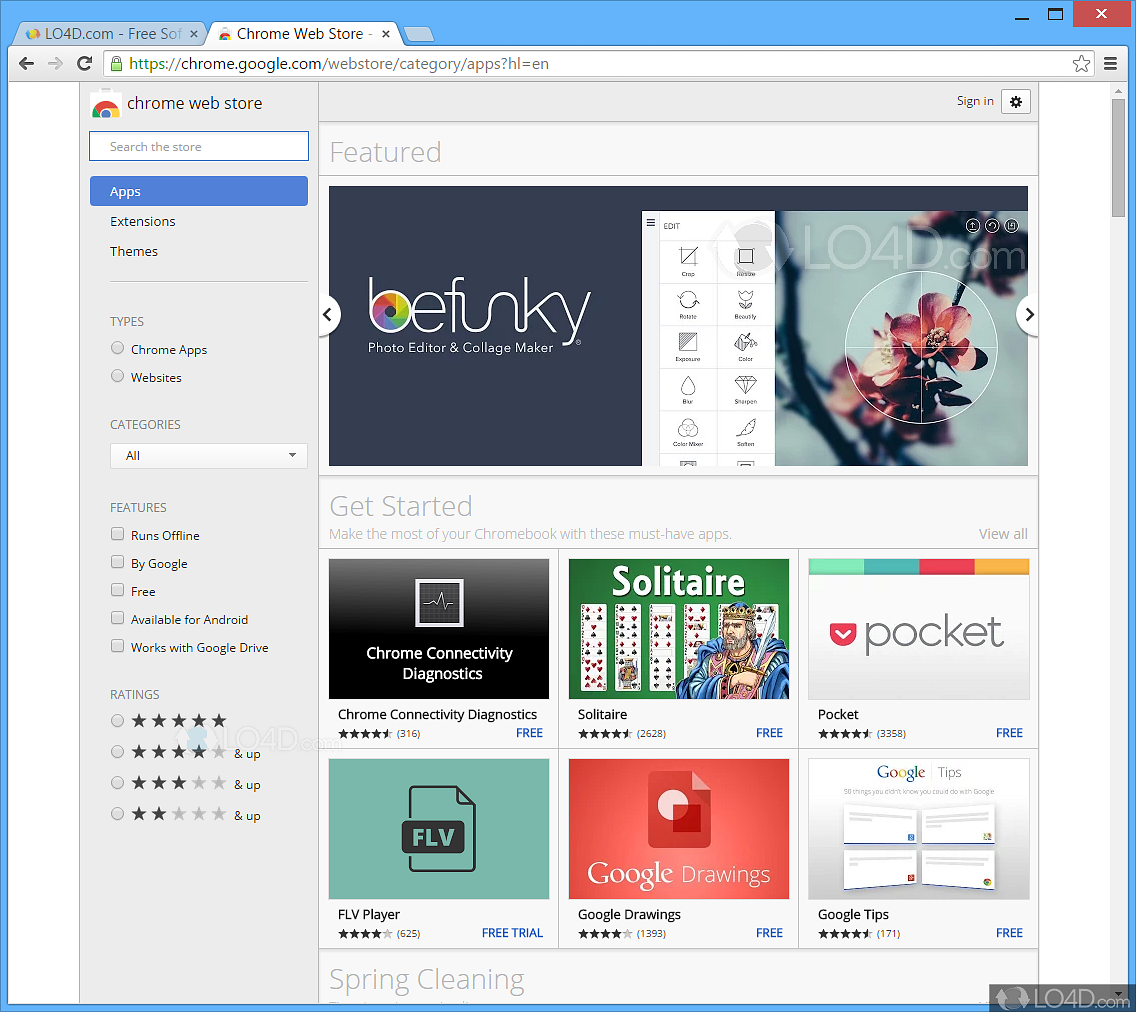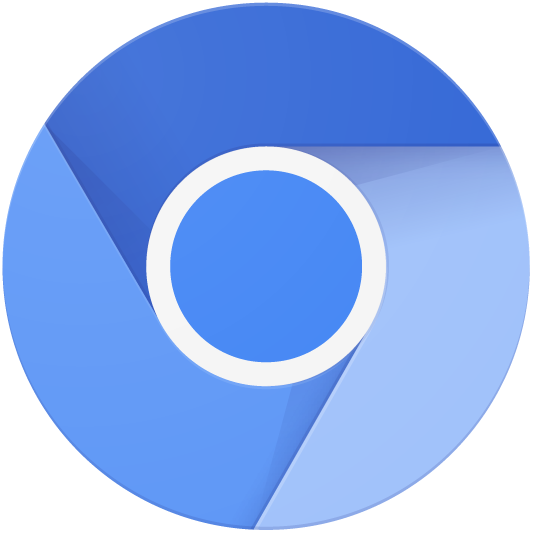

This document provides an overview of the tasks required to develop ChromiumOS. Google engineers, please keep such references to a minimum – ChromiumOS is an open source project that should stay as open as possible. A large number of the people working on ChromiumOS work at Google, and this document may occasionally contain references that are only relevant to engineers at Google.
CHROMIUM OS2016 HOW TO
If there is disagreement about how to do things, consider listing alternative options in a SIDE NOTE. If you specify multiple options, provide a clear explanation why someone following the instructions would pick one option over the others.
CHROMIUM OS2016 UPDATE
See README.md for how to update this document. If you're a ChromiumOS developer, YOU SHOULD UPDATE THIS DOCUMENT and fix things as appropriate. TODO describes questions or work that is needed on this document.SIDE NOTE describes explanations, related information, and alternative options.IMPORTANT NOTE describes required actions and critical information.Notes are shown using the following conventions:.This distinguishes input from the output of commands, which is not so prefixed. On your build computer, outside the chrootīeneath the label, the command(s) you should type are prefixed with a generic shell prompt, $. Commands are shown with different labels to indicate whether they apply to (1) your build computer (the computer on which you're doing development), or (2) your ChromiumOS computer (the device on which you run the images you build):.The tasks are grouped into the following sections: The guide is organized linearly, so that developers who are new to ChromiumOS can follow the tasks in sequence. This guide describes the common tasks required to develop ChromiumOS. That includes new developers who are interested in the project and who simply want to browse through the ChromiumOS code, as well as developers who have been working on ChromiumOS for a long time. The target audience of this guide is anyone who wants to obtain, build, or contribute to ChromiumOS. Creating a recovery image that has been modified for test.Creating a normal image that has been modified for test.Set up SSH connection between chroot and DUT.I lost my developer tools on the stateful partition, can I get them back?.Automated remote debugging using gdb-$ script.Debugging both x86 and non-x86 binaries on your workstation.Making changes to the Chromium web browser on ChromiumOS.Making changes to the way that the chroot is constructed.Adding small patches to existing packages.Making changes to non-cros-workon-able packages.Clean up after you're done with your changes.
CHROMIUM OS2016 CODE
Upload your changes and get a code review.Find out which ebuilds map to which directories.Making changes to packages whose source code is checked into ChromiumOS git repositories.

Installing your ChromiumOS image to your hard disk.Getting to a command prompt on ChromiumOS.Authenticate for remote Bazel caching with RBE, if applicable.Make sure you are authorized to access Google Storage (GS) buckets.Verify that your default file permissions (umask) setting is correct.Double-check that you are running a 64-bit architecture.


 0 kommentar(er)
0 kommentar(er)
